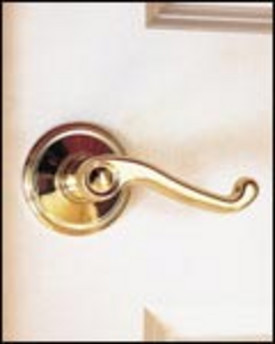Tools and gadgets that help people carry out daily activities more easily are called assistive devices. They are designed to help with:
• Getting dressed,
• Taking a shower,
• Reaching out-of-the-way places,
• Opening doors, and
• Hearing the voice on the other end of the telephone line.
The AARP Long-Term Care/Independent Living Program offers information about these tools and gadgets and where to buy them. Here are examples of gadgets that could help you or someone you love:
For help with seeing
• Tactile knobs for stoves with raised dots to indicate settings
• Magnifiers for televisions and computer screens
• Voice-activated automatic telephone dialers
For help with hearing
• Telephone amplifiers with adjustable tone, pitch, and volume
• Flashing-light phones, doorbells, and smoke alarm adapters
• Cordless headphones for televisions and audio devices
For help with remembering
• Electronic pill boxes with an alarm that signals when to take medication
• Telephones with memory dialing and spaces for photos of people frequently called
• Timed faucets that automatically turn off water
For help with getting around
• Long-handled “reachers” for retrieving items on low or high shelves
• Lever-style adapters that make it easy to turn door handles and faucets
• Widened tub edges and grab bars to make getting in and out of the bath easier





























Bookmarking this, this is all great ideas!